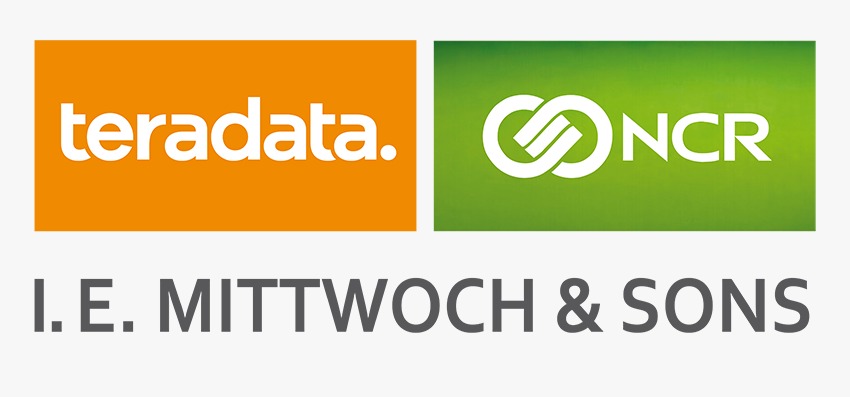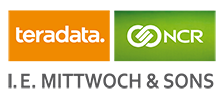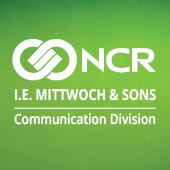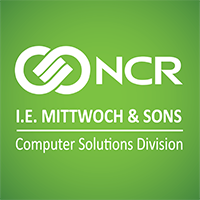Managed Printing services
(MPS)
The definition of managed printing services is broad, but the end result is simple: achieving visibility and control over the printing and scanning in the organization, thus saving money and increasing productivity. Additional added values for managed printing are reflected in improving environmental sustainability and a significant upgrade in document security.
The use of the word “printing” refers to the overall cost of managing and optimizing the printers, output, people, and processes that support these devices. It includes:
- Pages created by office workers, mobile workers and print productions.
- Desktop office printers, multipurpose printers, copiers, scanners, fax machines and plotters.
- Materials sent for fast printing, offset printing, mailing and distribution.
- IT Department Help Desk, technical Service, preventative maintenance and addition of equipment, moving and relocating equipment.
- Paper, ink, toner and supplies and other consumables.
Calculating the total cost of “printing” can reach up to about 15% of the annual expense of the business! Through managed printing services and transfer to outsourcing printing – the organization can save up to about 30% of the costs.
Central management is much more than a mere oversight of the printer fleet and includes a number of steps that are built tier upon tier into an optimal solution:
- Preliminary and thorough evaluation of the analysis of your current printing infrastructure in the organization.
- A true understanding of the organization’s needs in the output environment (quantity, locations, uses, applications and more).
- Building the optimal solution in collaboration with the organization and independent of a specific manufacturer.
- Deploying the solution (hardware and software) while striving to reduce the number and variety of printing systems.
- Full implementation including training for end users and “selling” the idea within the organization.
- Defining an SLA with the organization and addressing the changing needs.
- Properly identify and resolve faults and problems before they occur, without affecting users.
- For more Information:
- +97250-7635692
- viki@ncr.co.il@ncr.co.il
Managed
Printing
services
(MPS)
The definition of managed printing services is broad, but the end result is simple: achieving visibility and control over the printing and scanning in the organization, thus saving money and increasing productivity. Additional added values for managed printing are reflected in improving environmental sustainability and a significant upgrade in document security.
The use of the word “printing” refers to the overall cost of managing and optimizing the printers, output, people, and processes that support these devices. It includes:
- Pages created by office workers, mobile workers and print productions.
- Desktop office printers, multipurpose printers, copiers, scanners, fax machines and plotters.
- Materials sent for fast printing, offset printing, mailing and distribution.
- IT Department Help Desk, technical Service, preventative maintenance and addition of equipment, moving and relocating equipment.
- Paper, ink, toner and supplies and other consumables.
Calculating the total cost of “printing” can reach up to about 15% of the annual expense of the business! Through managed printing services and transfer to outsourcing printing – the organization can save up to about 30% of the costs.
Central management is much more than a mere oversight of the printer fleet and includes a number of steps that are built tier upon tier into an optimal solution:
- Preliminary and thorough evaluation of the analysis of your current printing infrastructure in the organization.
- A true understanding of the organization’s needs in the output environment (quantity, locations, uses, applications and more).
- Building the optimal solution in collaboration with the organization and independent of a specific manufacturer.
- Deploying the solution (hardware and software) while striving to reduce the number and variety of printing systems.
- Full implementation including training for end users and “selling” the idea within the organization.
- Defining an SLA with the organization and addressing the changing needs.
- Properly identify and resolve faults and problems before they occur, without affecting users.
- For more Information:
- +97250-7635692
- viki@ncr.co.il@ncr.co.il




